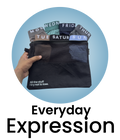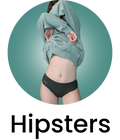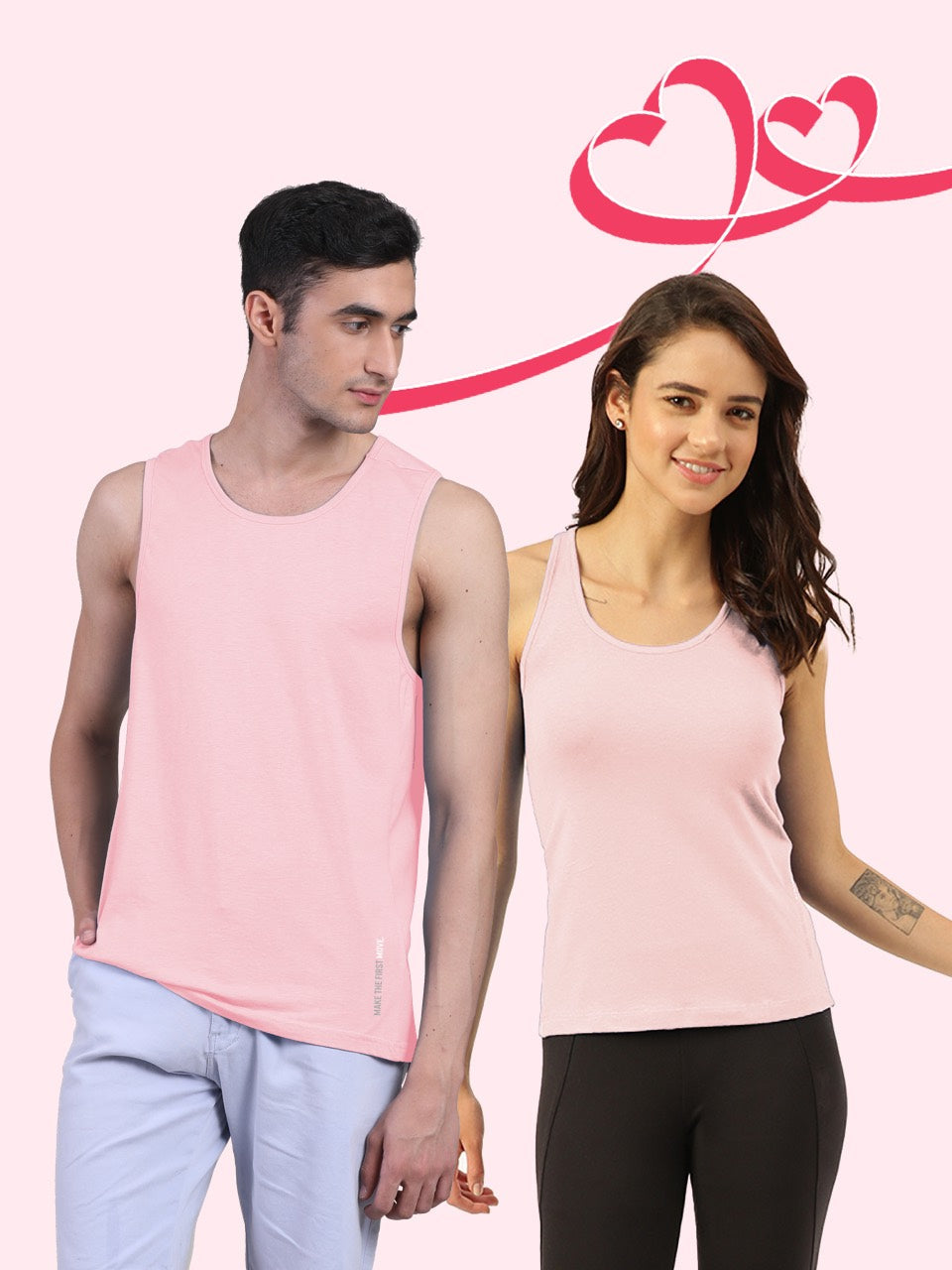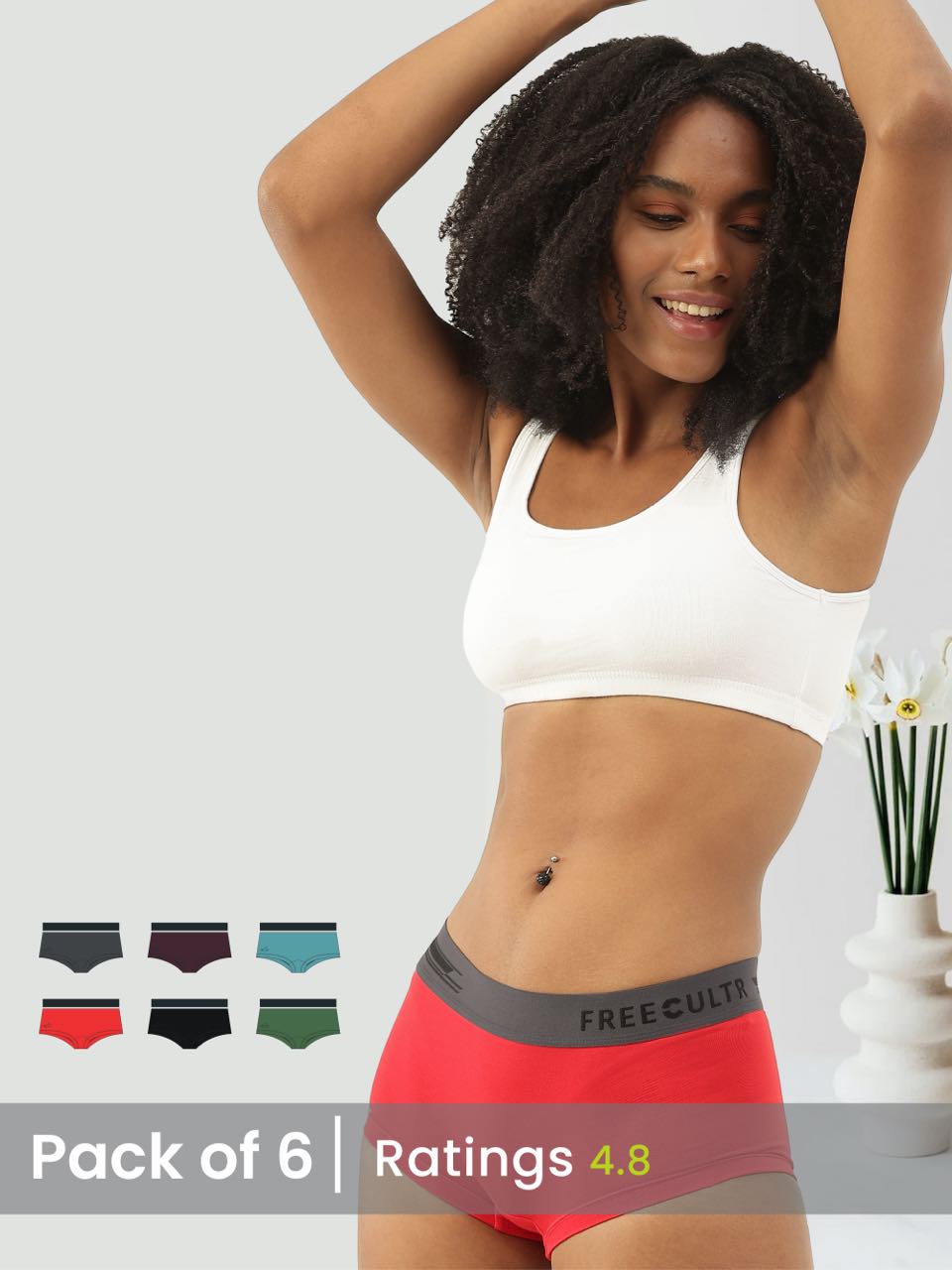Imagine transforming a single spool of yarn into a wardrobe staple, a blank canvas for self-expression, or even a crucial component in high-performance athletic wear. That's the power of tees, driven by lightweight materials and versatile colors. We're moving beyond simple cotton; think moisture-wicking polyester blends dominating athletic apparel, or the rise of sustainable materials like recycled polyester and bamboo viscose in eco-conscious fashion. Dye technology is also evolving, enabling richer, more fade-resistant colors and intricate patterns that were once impossible. Understanding the science behind these fabrics and color processes unlocks a world of possibilities, from designing custom apparel to optimizing performance and sustainability.

The Allure of Lightweight Fabrics in T-Shirts
Lightweight fabrics have revolutionized the t-shirt industry, offering a significant upgrade in comfort and wearability. These materials, typically weighing between 3 to 5 ounces per square yard, are designed to feel almost weightless against the skin. This characteristic makes them ideal for warm weather, athletic activities, or simply lounging around the house. The reduced weight also enhances breathability, allowing air to circulate more freely and preventing the build-up of moisture and heat.
Common lightweight fabrics used in t-shirts include:
- Cotton Blends: Often combined with polyester or rayon, these blends offer enhanced durability and drape compared to 100% cotton. The addition of synthetic fibers also aids in moisture-wicking, making them suitable for exercise.
- Modal: A semi-synthetic fabric made from beech tree pulp, modal is known for its exceptional softness, drape. Resistance to shrinkage. It's a popular choice for premium t-shirts.
- Linen: A natural fiber derived from the flax plant, linen is highly breathable and absorbent. While it wrinkles easily, its unique texture and cooling properties make it a desirable option for summer wear.
- Tri-Blends: These fabrics typically consist of cotton, polyester. Rayon. The combination results in a soft, stretchy. Durable material with excellent drape and a slightly heathered appearance.
Understanding Color Versatility in T-Shirts
The versatility of colors in t-shirts is a significant factor in their enduring popularity. T-shirts serve as a blank canvas, allowing for endless possibilities in terms of color, print. Design. Color psychology plays a crucial role in how people perceive and react to different hues. For example, blue often conveys trustworthiness and stability, while red evokes energy and passion. Understanding these associations can help individuals choose t-shirt colors that align with their personal style and desired message.
Here's a breakdown of popular t-shirt colors and their common associations:
- White: Clean, simple. Versatile, white t-shirts are a wardrobe staple. They can be easily dressed up or down and serve as a neutral backdrop for accessories.
- Black: Sleek, sophisticated. Slimming, black t-shirts are another essential item. They project an air of confidence and can be paired with virtually anything.
- Gray: A neutral and understated option, gray t-shirts offer a relaxed and casual vibe. They are a good alternative to white for those seeking a more muted look.
- Navy Blue: A classic and timeless color, navy blue is often associated with professionalism and dependability. It's a versatile choice that works well in both casual and semi-formal settings.
- Red: Bold and attention-grabbing, red t-shirts exude energy and confidence. They are a good choice for making a statement.
- Green: Associated with nature and tranquility, green t-shirts offer a refreshing and calming aesthetic.
Lightweight Material and Color Impact Fashion & Comfort
The intersection of lightweight materials and versatile colors significantly enhances both fashion appeal and comfort. A lightweight t-shirt in a vibrant color can make a bold fashion statement while ensuring all-day comfort, especially in warmer climates. Conversely, a neutral-colored, lightweight tee provides a versatile base for layering and accessorizing, allowing for a multitude of stylish outfits without sacrificing comfort.
Case Study: Activewear Industry
The activewear industry heavily relies on lightweight, moisture-wicking fabrics in a wide array of colors. Brands like Nike and Adidas utilize advanced materials such as Dri-FIT and Climalite, respectively, to create t-shirts that keep athletes cool and dry during intense workouts. These t-shirts are available in a vast spectrum of colors, allowing athletes to express their personal style while benefiting from optimal performance.
Comparing Fabric Weights for T-Shirts
| Fabric Weight (oz/sq yd) | Description | Typical Use | Pros | Cons |
|---|---|---|---|---|
| 3-5 | Lightweight, airy. Breathable. | Summer wear, athletic activities, layering. | Excellent comfort in warm weather, quick-drying, minimal bulk. | May be slightly sheer, less durable than heavier fabrics. |
| 5-6 | Mid-weight, offers a good balance of comfort and durability. | Everyday wear, general-purpose t-shirts. | Durable, opaque, suitable for a wide range of activities. | May feel slightly warmer than lightweight fabrics. |
| 6+ | Heavyweight, substantial feel. Durable construction. | Workwear, cold-weather layering, vintage-inspired styles. | Extremely durable, opaque, holds its shape well. | Can feel bulky and heavy, less breathable. |
Real-World Applications and Use Cases
The combination of lightweight materials and versatile colors in t-shirts extends to numerous real-world applications:
- Promotional Merchandise: Businesses often use lightweight t-shirts in their marketing campaigns due to their affordability, comfort. The ability to print custom logos and designs in various colors.
- Uniforms: Many companies opt for lightweight t-shirts as part of their employee uniforms, especially in industries that require outdoor work or physical activity. The breathability and comfort of these t-shirts help keep employees cool and comfortable throughout the day.
- Fashion and Retail: High-end fashion brands and mass-market retailers alike offer a wide range of lightweight t-shirts in various colors and styles to cater to diverse consumer preferences. The versatility of these t-shirts makes them a popular choice for building a capsule wardrobe.
- Sports and Fitness: As noted before, the activewear industry heavily relies on lightweight, moisture-wicking t-shirts in a vast array of colors. These t-shirts are designed to enhance athletic performance by keeping athletes cool, dry. Comfortable.
Maintaining the Quality of Lightweight, Colorful T-Shirts
To ensure the longevity of your lightweight, colorful t-shirts, proper care and maintenance are essential. Here are some tips:
- Washing: Wash t-shirts inside out in cold water to prevent fading and damage to prints. Use a mild detergent and avoid harsh chemicals like bleach.
- Drying: Tumble dry on low heat or, ideally, hang dry to prevent shrinkage and preserve the fabric's integrity.
- Ironing: If ironing is necessary, use a low heat setting and iron inside out to protect prints and delicate fabrics.
- Storage: Store t-shirts folded or hung in a cool, dry place to prevent mildew and discoloration.
Conclusion
Ultimately, the beauty of tees lies in their simplicity and adaptability. Remember, a lightweight tee in a versatile color like charcoal grey or navy can be the foundation for countless outfits. Don't be afraid to experiment! I personally love pairing a well-fitting tee with a blazer and tailored trousers for a smart-casual Friday look. Think beyond basic; current trends embrace graphic tees with bold prints or subtle embroidery to inject personality. The key takeaway? Invest in quality tees made from breathable materials that suit your lifestyle. Consider sustainable options for an eco-conscious choice. Now, go forth and curate a tee collection that reflects your unique style and empowers you to conquer any occasion with comfort and confidence. After all, fashion should be fun! For inspiration on styling, check out Vogue's fashion shows.More Articles
Tees – Soft Cotton & Durable ComfortTees – Sustainable Fabrics & Timeless Style
Women's Tank Top – Flattering Fit & Versatile Style
Innerwear – Comfortable Fabrics & Everyday Essentials
FAQs
So, what's the deal with lightweight tees? What makes them so great?
Think of it this way: lightweight tees are like the comfy sweats of the shirt world. The thinner material makes them breathable, perfect for warm weather or layering without feeling bulky. They're just super easy to wear!
Versatile colors, eh? What colors are we talking about here? Anything exciting?
Oh, you bet! When we say versatile, we mean it. You can find lightweight tees in pretty much any color imaginable – classic neutrals like black, white. Gray. Also bolder shades like vibrant blues, greens, reds. Even pastels. It really depends on the brand and what's trending.
Are these lightweight tees see-through? That's my biggest fear!
That's a valid concern! It really depends on the specific fabric and color. Lighter colors like white are generally more prone to being see-through. Look for tees made from thicker knits or darker shades if you're worried. Reading reviews can help too!
Can I actually wear these lightweight tees for, like, anything? Or are they just for lounging around the house?
Absolutely! Their versatility is a huge plus. Dress them up with a blazer and jeans, or keep it casual with shorts and sneakers. They're perfect for workouts, travel, or just running errands. The possibilities are endless, really!
Okay, I'm sold. But how do I care for these things? Will they shrink in the wash?
Good question! Always check the care label. Generally, washing them in cold water and tumble drying on low (or even better, air drying!) will help prevent shrinking. Avoid using harsh detergents or bleach, as they can damage the fabric.
What kind of material are we usually talking about with 'lightweight tees'?
Most commonly, you'll find them made from cotton, a cotton blend (like cotton/polyester), or even performance fabrics like modal or bamboo. Cotton blends are often a good bet because they're durable and wrinkle-resistant.
Are lightweight tees suitable for layering in colder weather?
Definitely! They're excellent for layering. Since they're thin, they won't add too much bulk under sweaters, jackets, or cardigans. They provide a comfortable base layer without making you feel overheated.






